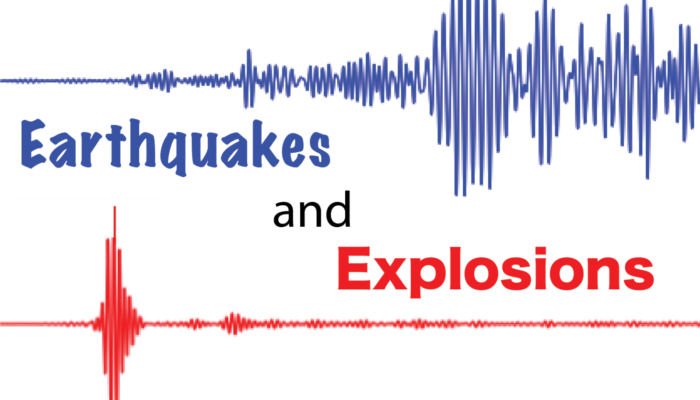On August 4, 2020, the coast of Beirut, the capital of Lebanon, was rocked by an explosion caused by the blowing up of 2750 metric tons of ammonium nitrate, a chemical used in fertilizers (Figure 1). It resulted in at least 181 casualties, 6,000 injuries and 10-15 billion US dollars in damage [Ref 2]. Footage of the explosion has circulated widely: a large fire near the port’s warehouses and an in ...[Read More]
Social media for Early Career Scientists: is it really useful?
In this period of confinement, most of the virtual interactions and news about the world come from the web and mainly social media. Today, we suggest looking at social media from the point of view of an early career scientist (ECS) and why we should (or should not) use them in our career path. In the next weeks, most of the international conferences will move on online virtual meetings and ...[Read More]
Back to normality (?)
I imagine that in a couple of months European countries will give the green light: the restrictions and social-distancing will be relaxed and people will step out of their houses. Blinking into the bright summer sunlight in the Northern Hemisphere, they will lift a hand towards the sun to shield their sensitive eyes unaccustomed, after weeks and months of lockdown, to the natural light. Pe ...[Read More]
Ten years after the 2010 Maule earthquake: how science and ancestral knowledge build-up resilient societies

At 3:34 a.m. (local time) on February 27, 2010, a magnitude Mw 8.8 earthquake occurred in Central Chile and extended over around 500 km along the Maule and Bio Bio regions, a convergent zone between the Nazca and South America plates (Figure 1a). The occurrence of this large earthquake in the context of active subduction zones, as Central Chile, was expected by many Chilean and European res ...[Read More]



